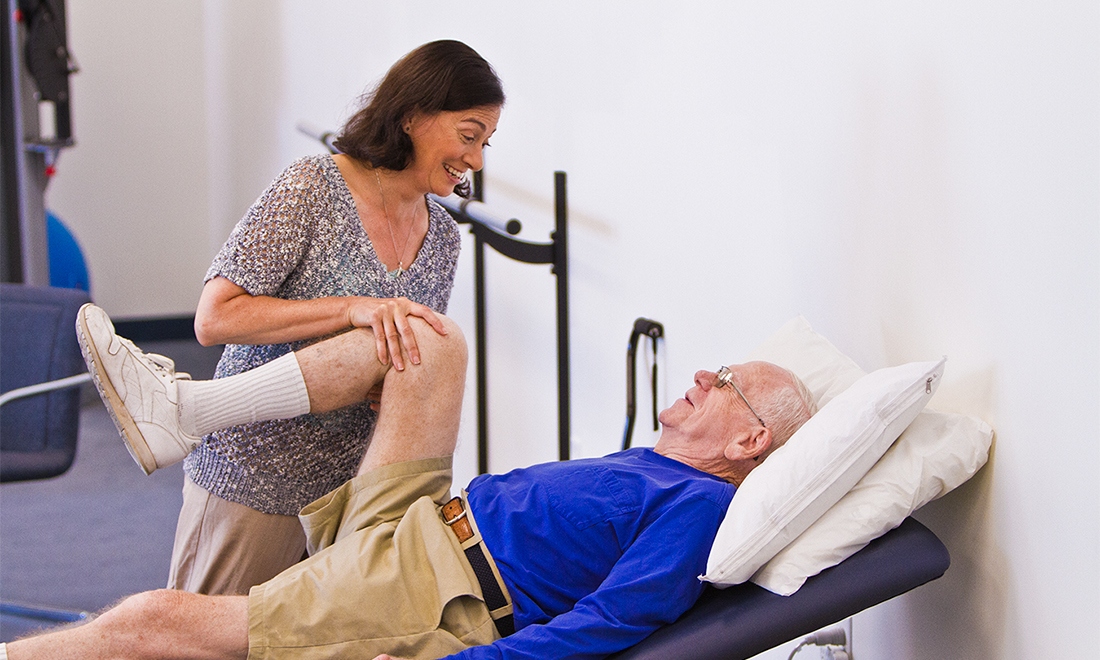Investigating the Varied Techniques of Physiotherapeutic Therapy for Enhanced Healing and Rehabilitation
Physiological therapy is an essential discipline that assists individuals heal from injuries, surgeries, and various health issues. It involves a variety of techniques designed to improve movement, alleviate discomfort, and boost general physical function. Physiotherapy therapists are trained professionals who assess each client’s requirements and develop customized care plans. These programs often consist of workouts, manual therapy, and education about physical mechanics. By using these diverse approaches, physiotherapy can significantly enhance a person’s standard of life.One common technique used in physical is rehabilitative exercise. This involves targeted movements and activities that assist strengthen muscles, enhance flexibility, and boost endurance. For example, a patient recovering from leg surgery may engage in exercises that concentrate on rebuilding strength in the lower limb muscles. These exercises are carefully selected based on the individual’s status and goals. By gradually increasing the intensity and complexity of the activities, physiotherapy therapists can help patients regain their power and mobility over time.

Another important technique is manual treatment, which comprises hands-on methods to adjust the body’s soft tissues and joints. This can entail stretching, mobilization, and manipulation. Manual therapy seeks to relieve pain, minimize swelling, and enhance circulation. For instance, a practitioner may use light pressure to ease stress in stiff muscles or to assist a articulation move more smoothly. This technique is often combined with other therapies to enhance rehabilitation and promote recovery. Clients often find hands-on therapy to be a relaxing and effective way to manage their discomfort.
In furthermore to exercises and hands-on treatment, instruction plays a crucial part in physical. Therapists instruct patients about their issues and how to handle them effectively. This may entail guidance on correct posture, physical mechanics, and strategies to prevent subsequent injuries. For instance, a therapist might demonstrate a patient how to raise heavy objects properly to avoid injuring their back. By enabling patients with understanding, physical therapists assist them assume an active part in their recovery and promote long-term wellness and well-being.
Ultimately, technological advancements is progressively being incorporated into physical methods. Tools such as sonography, electrical stimulation, and immersive reality can improve traditional therapy methods. These tools can help alleviate pain, encourage healing, and offer engaging ways for patients to engage in their recovery. For example, immersive reality can generate engaging environments for patients to rehearse movements in a controlled plus secure environment. As technology continues to develop, it offers exciting opportunities for improving recovery results in physiotherapy.
In conclusion, physiotherapy encompasses a variety of methods that work in unison to support rehabilitation and rehabilitation. Through rehabilitative exercises, hands-on treatment, patient education, and the use of technological tools, physical practitioners provide comprehensive care customized to each individual’s requirements. see this here This comprehensive approach not only helps clients recover their bodily abilities but also empowers them to sustain their well-being in the long future. As more people acknowledge the benefits of physical, it remains to serve a vital part in the pathway toward improved health and fitness.